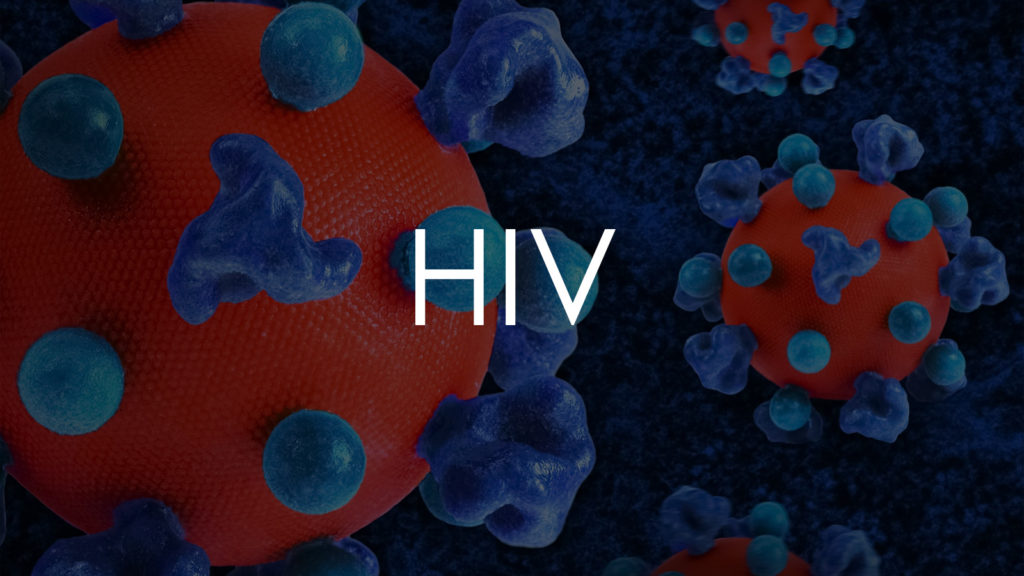Causes of HIV infection are primarily linked to specific behaviors and conditions that facilitate the transmission of the Human Immunodeficiency Virus. Understanding these causes is crucial for prevention and awareness efforts.

Transmission Through Unprotected Sexual Contact
Vaginal and Anal Intercourse
HIV is most commonly transmitted through unprotected vaginal and anal intercourse. During these activities, the virus can enter the body through mucous membranes lining the genital and anal areas.
Oral Sex
Though less common, HIV can also be transmitted through oral sex, particularly if there are cuts or sores in the mouth, or if oral hygiene is poor.
Sharing Needles and Syringes
Injection Drug Use
Sharing needles and syringes with someone who has HIV is a highly effective way of transmitting the virus. This practice introduces the virus directly into the bloodstream.
Non-Drug-Related Needle Sharing
Needle sharing can also occur in other contexts, such as in medical settings where proper sterilization procedures are not followed or through the use of contaminated tattoo and piercing equipment.
Mother-to-Child Transmission
During Pregnancy
A mother who is HIV-positive can pass the virus to her child during pregnancy. The virus can cross the placental barrier, infecting the fetus.
During Childbirth
The risk of transmission is particularly high during childbirth due to exposure to maternal blood and bodily fluids. Antiretroviral treatment during pregnancy and childbirth can significantly reduce this risk.
Breastfeeding
HIV can be transmitted from an infected mother to her baby through breast milk. Alternatives to breastfeeding, such as formula feeding, are recommended for HIV-positive mothers to prevent this transmission route.
Contaminated Blood Transfusions and Organ Transplants
Blood Transfusions
Receiving contaminated blood or blood products can transmit HIV. In many countries, strict screening protocols are in place to prevent this type of transmission.
Organ Transplants
HIV can be transmitted through organ transplants if the donor is HIV-positive and the virus is not detected during screening. Enhanced screening measures have greatly reduced this risk.
Occupational Exposure
Healthcare Workers
Healthcare workers are at risk of HIV infection through needlestick injuries or exposure to infected blood. Adhering to standard precautions and using protective equipment can minimize this risk.
Laboratory Workers
Laboratory personnel working with HIV-infected samples are also at risk. Proper training and safety protocols are essential to prevent accidental exposure.
High-Risk Sexual Practices
Multiple Sexual Partners
Having multiple sexual partners increases the risk of HIV transmission due to a higher likelihood of encountering an infected individual.
Lack of Condom Use
Failure to use condoms consistently and correctly during sexual activity significantly increases the risk of HIV transmission.
Co-Infection with Other Sexually Transmitted Infections (STIs)
Syphilis, Gonorrhea, and Chlamydia
Having other STIs can increase susceptibility to HIV infection. These infections cause inflammation and sores that can provide an entry point for the virus.
Genital Herpes
Genital herpes causes ulcers and breaks in the skin or mucous membranes, facilitating HIV entry and increasing the risk of transmission.
Social and Economic Factors
Poverty and Lack of Education
Poverty and lack of education can limit access to HIV prevention resources, increase engagement in high-risk behaviors, and reduce the likelihood of seeking treatment and testing.
Stigma and Discrimination
Stigma and discrimination associated with HIV can discourage individuals from getting tested, seeking treatment, or disclosing their status, thereby facilitating the spread of the virus.
Myths and Misconceptions
Misunderstanding Transmission Routes
Misinformation about how HIV is transmitted can lead to behaviors that increase the risk of infection. Education and awareness are critical in dispelling these myths.
Belief in Immunity
Some individuals mistakenly believe they are immune to HIV, either due to previous negative tests or misconceptions about their own risk factors, leading to risky behaviors.
Conclusion
Understanding the causes of HIV is vital for effective prevention and education efforts. By recognizing the various transmission routes and associated risk factors, individuals and communities can take proactive steps to reduce the spread of HIV and protect themselves and others from infection.